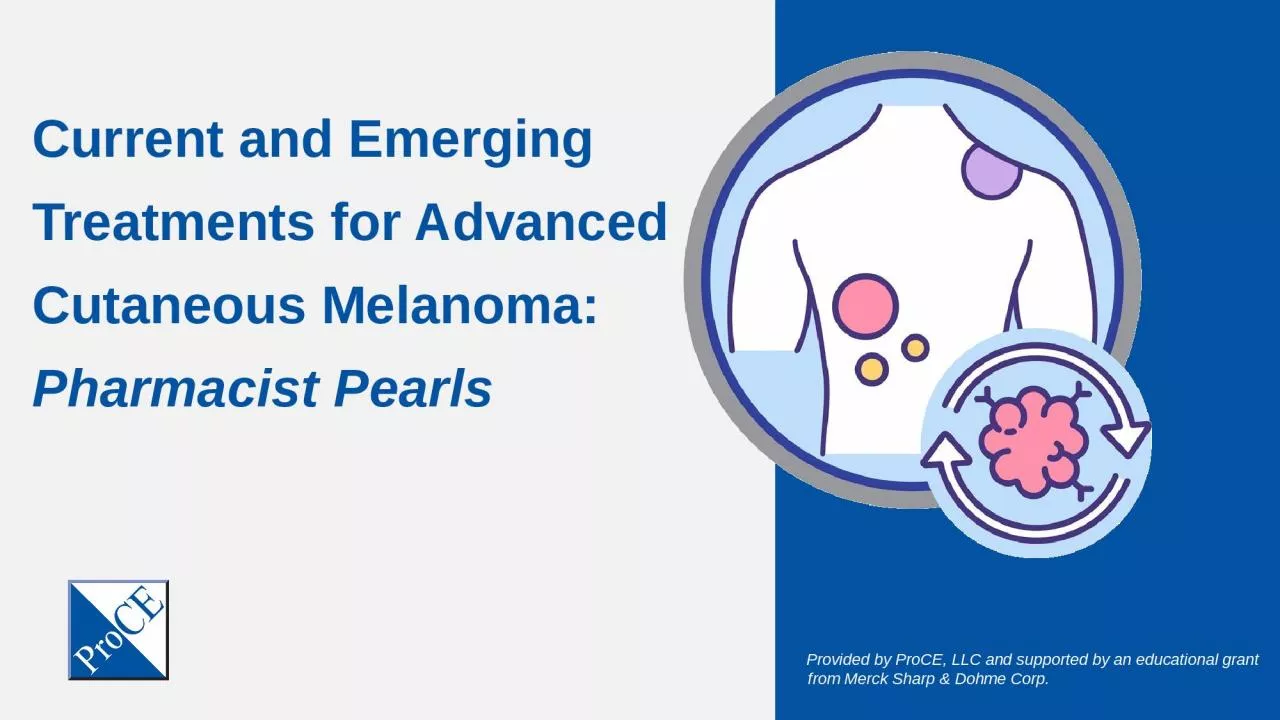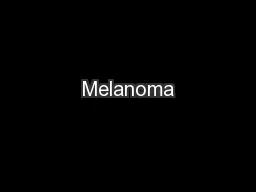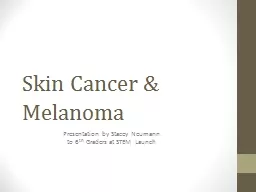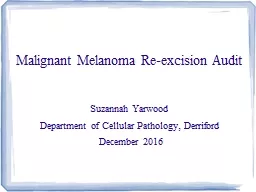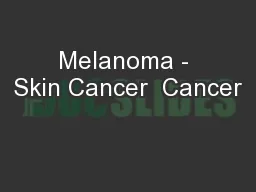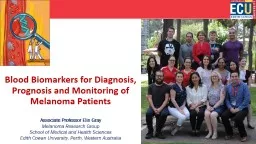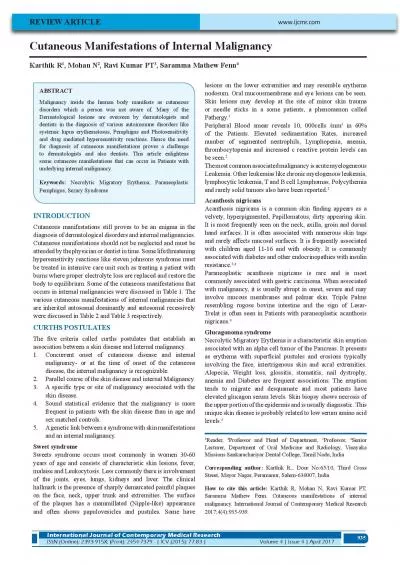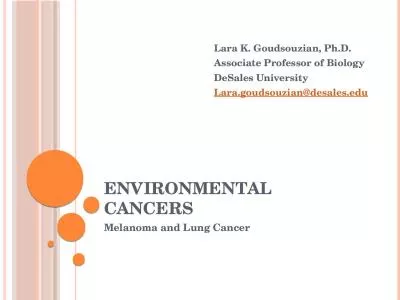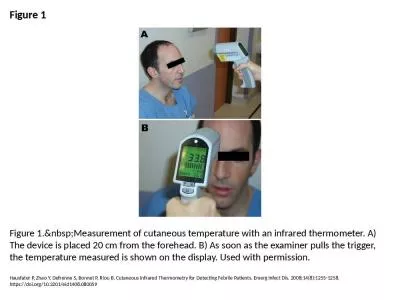PPT-Current and Emerging Treatments for Advanced Cutaneous Melanoma:
Author : Thunderbolt | Published Date : 2022-07-28
Pharmacist Pearls Provided by ProCE LLC and supported by an educational grant from Merck Sharp amp Dohme Corp Please feel free to use update and share some
Presentation Embed Code
Download Presentation
Download Presentation The PPT/PDF document "Current and Emerging Treatments for Adva..." is the property of its rightful owner. Permission is granted to download and print the materials on this website for personal, non-commercial use only, and to display it on your personal computer provided you do not modify the materials and that you retain all copyright notices contained in the materials. By downloading content from our website, you accept the terms of this agreement.
Current and Emerging Treatments for Advanced Cutaneous Melanoma:: Transcript
Download Rules Of Document
"Current and Emerging Treatments for Advanced Cutaneous Melanoma:"The content belongs to its owner. You may download and print it for personal use, without modification, and keep all copyright notices. By downloading, you agree to these terms.
Related Documents

